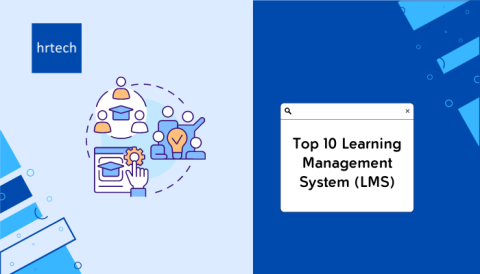Are you looking to build a workplace where everyone feels valued, respected, and empowered? Studies show that diverse teams are 87% better at making decisions and lead to 60% better business results. Companies that focus on inclusion are 35% more likely to outperform their competitors.
Still, many businesses struggle to create a truly inclusive environment. HR technology can help. With the right tools, you can remove bias in hiring, track diversity goals, and create a culture where every employee feels included and valued.
Read on to discover practical strategies and tools that can help you promote diversity and inclusion in your workplace.
What is Diversity and Inclusion in the Workplace?
Diversity in the workplace means having a team made up of people from different backgrounds, cultures, and experiences. It’s about creating a mix of perspectives, skills, and ideas that make your team stronger.
Inclusion is making sure everyone on the team feels valued, heard, and has a chance to succeed. It’s not just about hiring people from different backgrounds—it’s about creating a culture where everyone has equal opportunities to grow and contribute.
When you combine diversity with inclusion, you get a team that’s innovative, engaged, and more likely to succeed.
Now that we’ve defined what D&I means, let’s understand why it matters for your business.
Why Promoting Diversity and Inclusion is Important?
Promoting diversity and inclusion (D&I) is not only a moral obligation but also a strategic business decision that drives success. Here’s why:
- Drives Innovation: Diverse teams bring unique perspectives, leading to more creative and effective solutions.
- Boosts Employee Engagement: Employees who feel valued and included are more engaged and stay longer with the company.
- Enhances Reputation: Companies that prioritize D&I are viewed as progressive, attracting top talent.
- Improves Decision-Making: A variety of perspectives leads to better analysis and more well-rounded decisions.
Now that we understand how D&I drives business success, let’s explore actionable steps to embed diversity and inclusion in your workplace.
15 Practical Steps to Promote Diversity and Inclusion
Now that we’ve established the importance of D&I, let’s move into actionable strategies that can help your organization lead with inclusion. These tactics are practical, measurable, and scalable with the right tools.
1. Ensure Fair and Bias-Free Hiring
Use HR tools to remove biases in hiring. Anonymizing resumes ensures that hiring decisions focus on a candidate’s qualifications rather than gender, ethnicity, or other personal details.
Example: Tools that hide names or photos from resumes allow for unbiased decision-making based on relevant skills.
2. Create Open Channels for Communication
Foster an inclusive environment by encouraging open communication where all employees feel safe to share their ideas and concerns. This openness leads to stronger team collaboration and a more transparent, supportive work culture.
Pro Tip: Use anonymous feedback tools or regular team check-ins to allow employees to voice their thoughts without fear of judgment.
3. Offer Ongoing D&I Training
Equip your employees with the knowledge they need to recognize unconscious bias and practice inclusivity in everyday work interactions.
Example: Regular online training modules or in-person workshops keep everyone on the same page and ensure consistent growth in understanding.
4. Track D&I Progress Using Data
Measure the effectiveness of your D&I initiatives through data. Tracking diversity in hiring, retention rates, and employee satisfaction can reveal areas that need improvement.
Pro Tip: Regularly review the data to spot trends and adjust your strategies accordingly to meet your diversity goals.
5. Establish Employee Resource Groups (ERGs)
ERGs are a powerful way to create community and support for underrepresented groups within the workplace.
Example: Set up groups that focus on women in leadership, multicultural teams, or LGBTQ+ employees to promote unity and shared learning.
6. Celebrate Diverse Holidays and Traditions
Acknowledge and celebrate various cultural, religious, and national holidays to show respect and inclusion for your diverse workforce.
Example: Offering flexible time off during holidays like Diwali, Eid, or Lunar New Year demonstrates inclusivity and respect for diverse traditions.
7. Set Clear D&I Goals and Review Regularly
Establish measurable goals for diversity and inclusion and regularly check your progress. Regular reviews ensure accountability and allow your D&I efforts to stay aligned with company goals.
Pro Tip: Set quarterly reviews to assess how well you’re meeting diversity targets and adjust your approach if necessary.
8. Diversify Your Leadership Pipeline
Identify and develop high-potential talent from underrepresented groups to ensure leadership reflects workforce diversity.
Pro Tip: Pair emerging leaders with executive mentors and use succession planning tools to track their progress.
9. Ensure Inclusive Language in All Communications
Audit job postings, policy documents, and internal messaging to eliminate gendered, ableist, or exclusionary language.
Pro Tip: Tools like Textio or in-house reviews help ensure your communication is welcoming to all candidates and employees.
10. Design Inclusive Benefits Programs
Tailor benefits to meet the needs of a diverse workforce and support equity beyond salary.
Example: Offer mental health support, gender-affirming care, fertility assistance, and flexible family leave policies.
11. Implement Pay Equity Audits
Assess pay structures regularly to uncover and fix wage disparities across gender, race, and role.
Pro Tip: Share internal findings transparently and establish action plans to demonstrate accountability.
12. Promote Diverse Interview Panels
A diverse panel brings a broader perspective and helps candidates feel seen and valued from day one.
Pro Tip: Standardize interview formats and evaluation criteria to keep the process fair and bias-free.
13. Offer Flexible Work Models
Flexible hours and remote options accommodate varied life stages, accessibility needs, and caregiving responsibilities.
Pro Tip: Equip remote employees with tech stipends and performance goals to ensure fairness across work models.
14. Hold Leaders Accountable for D&I Outcomes
Incorporate D&I results into leadership performance reviews to drive real change from the top.
Pro Tip: Track metrics like inclusive behaviors, team diversity, and mentorship participation for a full picture.
15. Showcase Inclusion in Employer Branding
Publicly highlight your D&I wins, inclusive policies, and authentic employee stories to attract diverse talent.
Example: Share videos, blog features, and social media posts that reflect real voices and lived experiences.
These core steps lay the foundation. Now let’s explore how to deepen and scale D&I across your organization.
Technology’s Role in Promoting Diversity and Inclusion
Integrating technology into your Diversity and Inclusion (D&I) initiatives can lead to more equitable and effective outcomes. Here’s how:
- Data-Driven Decision Making: Utilize analytics to set measurable D&I goals and track progress. Regularly reviewing this data allows for informed adjustments to strategies, ensuring continuous improvement.
- Unconscious Bias Training: Implement digital training programs to help employees recognize and address unconscious biases, fostering a more inclusive workplace culture.
- Inclusive Communication Platforms: Adopt communication tools that support diverse languages and accessibility features, ensuring all employees can engage fully.
- Flexible Work Arrangements: Leverage technology to support remote and hybrid work models, accommodating diverse needs and promoting work-life balance.
- Employee Resource Groups (ERGs): Use digital platforms to facilitate ERGs, providing spaces for employees to connect, share experiences, and support each other’s professional growth.e
At hrtech, we specialize in providing tailored HR technology solutions that align with your organization’s diversity and inclusion goals. Our services are designed to help you implement effective strategies, track progress, and foster an inclusive culture.
Explore our offerings and discover how we can support your D&I journey.
Benefits of Using Technology for D&I Initiatives
Leveraging HR tech unlocks tangible benefits that directly support diversity and inclusion goals.
- Broader Talent Pool: Anonymized recruitment tools ensure decisions are based on skills, not biases.
- Faster, Transparent Feedback: Platforms allow employees to voice concerns and share ideas anonymously.
- Trackable D&I Metrics: Analytics help monitor diversity progress and adjust strategies in real-time.
- Streamlined Processes: Automation reduces time spent on administrative tasks like resume screening and training.
- Improved Retention: An inclusive culture powered by HR tech leads to higher employee satisfaction and lower turnover.
Now that you know the strategies and tools, let’s wrap up with how hrtech can help you implement them effectively.
Conclusion
Leveraging technology in your diversity and inclusion initiatives is not just about automation — it’s about creating accountability, consistency, and visibility across the employee experience. From bias-free hiring to inclusive benefits and leadership accountability, data-backed tools can help translate intent into lasting impact.
If you’re ready to strengthen your D&I strategy with the right HR technology, explore solutions that align with your goals and workforce needs.







